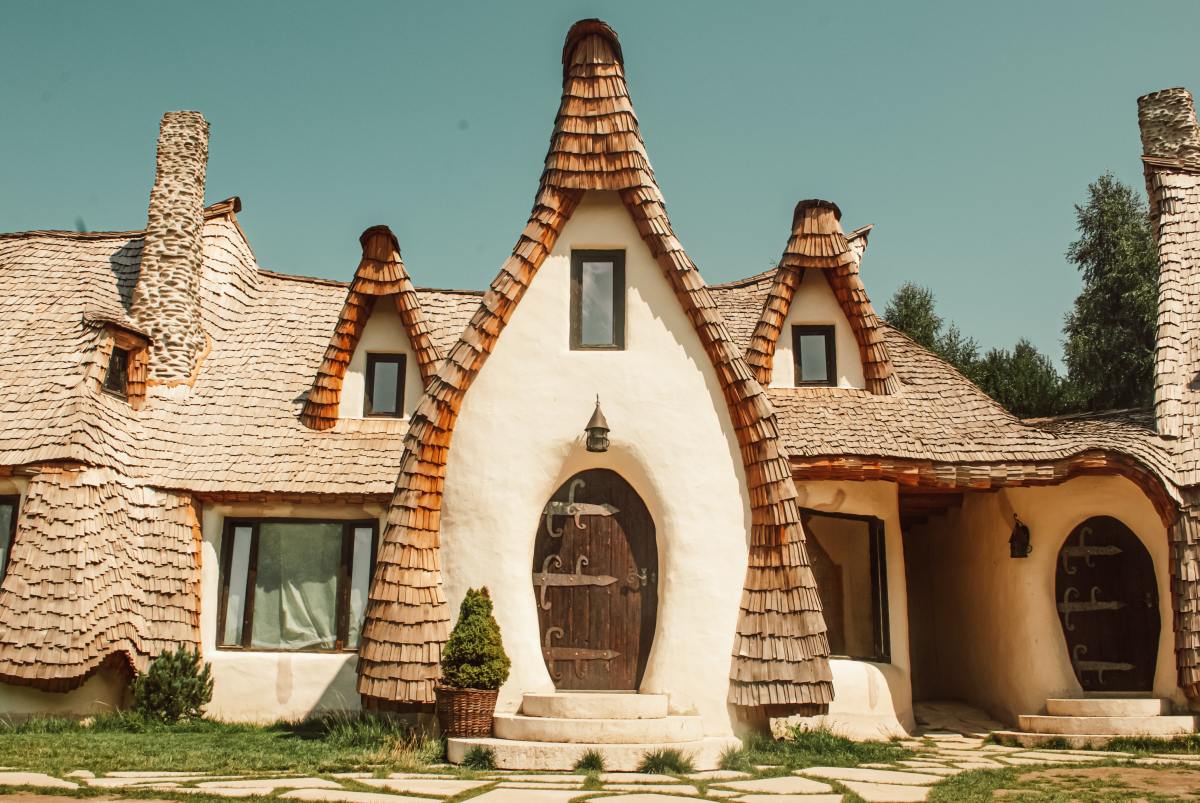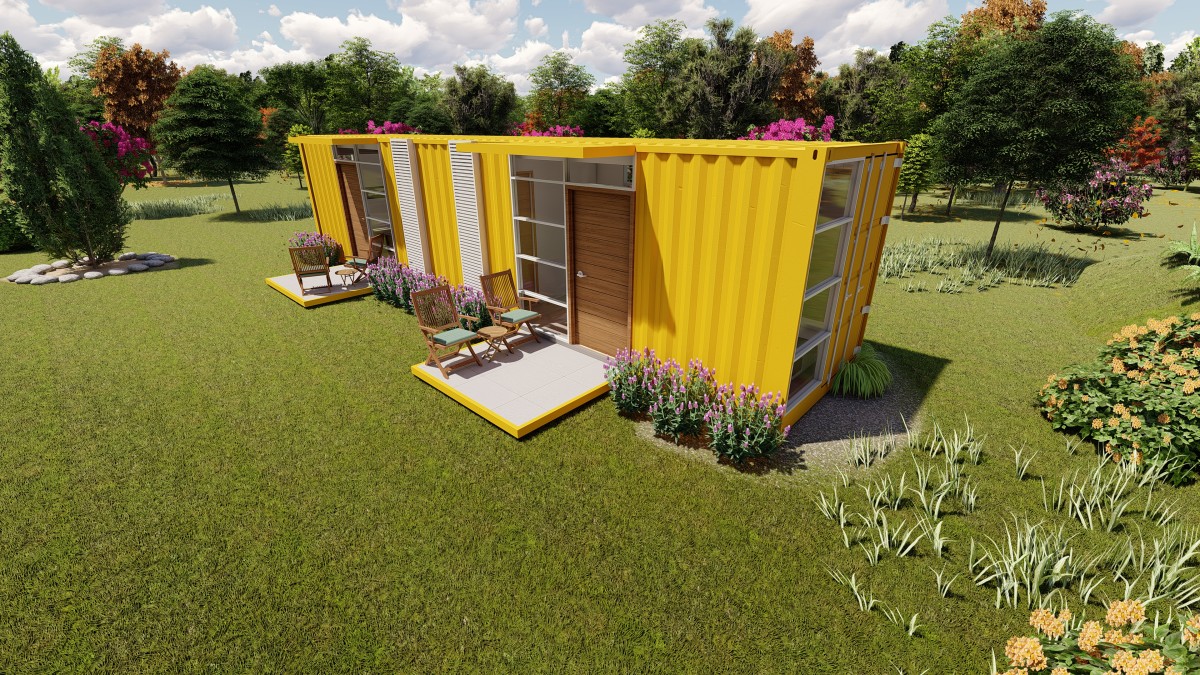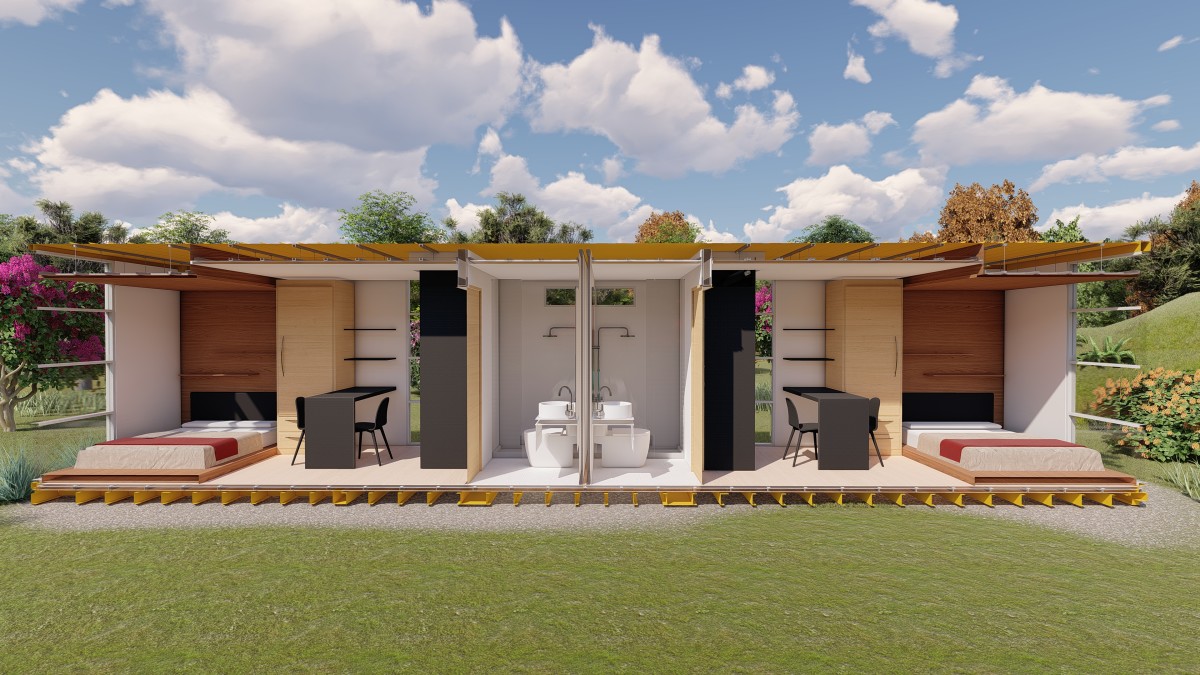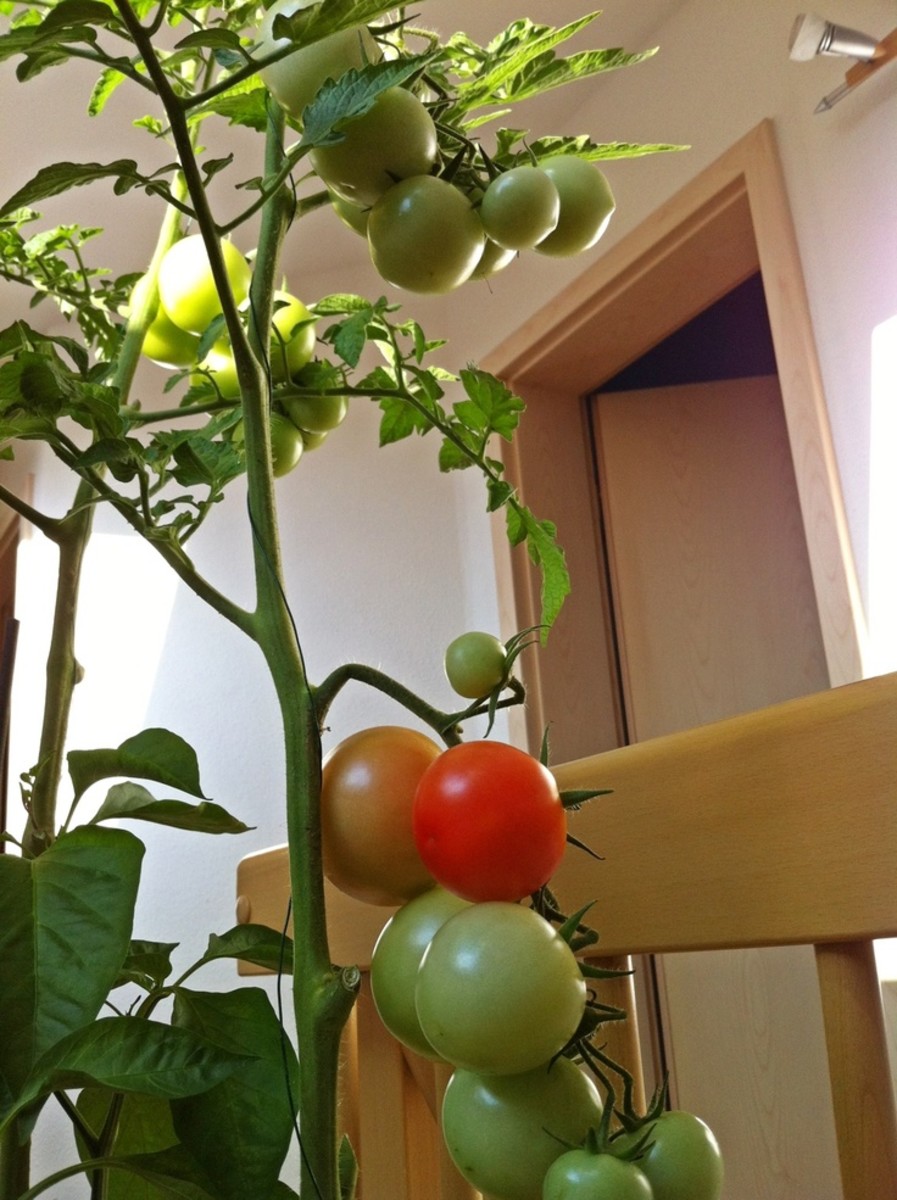Grow your own house
The way we build houses now is very wasteful needs to be completely rethought. When a house is grown rather than built it skips 100% of the building process because the building process starts with cutting down a tree. If this idea was embraced and applied on a large scale the impact of houses on the environment would actually be beneficial.
There are many ways to go about growing a house, but the newest and most high tech way is to construct the DNA before planting the seed. This is a very new practice and is still immature in its development, but is displaying huge potential. The process involves taking parts of a DNA sequence in order to transplant certain characteristic from one organism to the other. The goal is to mix and match genetic sequences until the desired DNA script is achieved. The result is an organism that is designed to serve as a home.
Other less hi tech ways of growing houses is to graft trees in order to make them grow in the shape that you want. Other aspects of growing a house like this may include bamboo or some type of vine that can be braided in order to make a layer of the outer walls. After the tree growth is finished and has been grafted into the desired shape then the bamboo and vine process begins. The grafted tree will serve as a guide for the vines and bamboo to grow on.
Plants offer a lot of variety in their structure and appearance. By learning about unique plant characteristics we can gradually incorporate several different types of plants into the house and utilize their unique attributes for specific purposes. Designing a house that is completely biological and produces all of human necessities on site is not only the cleanest way to construct, but it will also do away with all of the pollution and energy consumption that happens off site.
So much energy is wasted just because things are brought to us rather than produced on site. Imagine if the house that you grew produced its own food. The entire process of modern agriculture could be omitted. The same goes for the electricity and water. Electricity can be produced now with non-biological technology, but maybe there is a genetic sequence in eels that will allow us to harness the ability to produce our own power biologically onsite. Rainwater can also be caught and filtered onsite. Implementing all of these ideas will allow one to be completely independent of the market system and not many people can say that.
DNA technology is still in its infancy it will be a while before we can simply plant a seed and three years later it be a house. The idea of growing your house will probably be slowly implemented into hybrid houses that are half built and half grown. Some cobb houses have already adopted this hybrid design. When this technology reaches full maturity, then a huge shift in power and in the market will begin to take place.
Growing homes in the future that will produce food, oxygen, electricity, and water will have a profound impact on our infrastructure. Our water, power, and sewage lines would no longer be needed. Furthermore, less physical and mental energy would spent in order to build and maintain these systems.
Growing your home as of right now is only a way of energy conservation, but I think that eventually we will be able to take the DNA sequence out of a lightning bug that allows it to create light and use that in the DNA script of the house for lighting purposes. Maybe eventually the houses will be able to also generate their own heating and cooling systems that are completely biological. If we learn how to do this we can eliminate the need for having to produce power off site and creating a lot of pollution in the process.
Construction is one of the most energy intensive and environmentally destructive things that we as humans do. By growing our houses we can slowly replace a destructive and archaic way of building with a new way of building that is more sensitive to our health and needs. These houses would essentially delegate the labor of building to Mother Nature. This way of building allows nature to work for us rather than against us, eliminating virtually all of the manual labor that goes into building a house. The more work you do with a microscope, the less work that you have to do with a hammer. This means that the more research that we do with this the better we will be at harvesting certain traits and applying those to real life situations.








